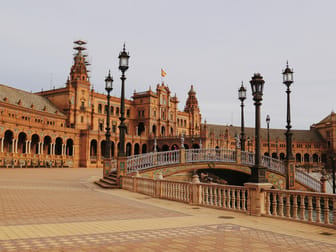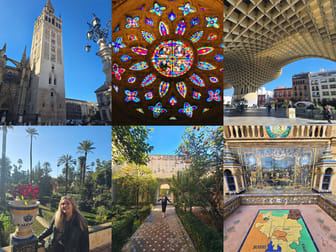Paseo de Cristóbal Colón
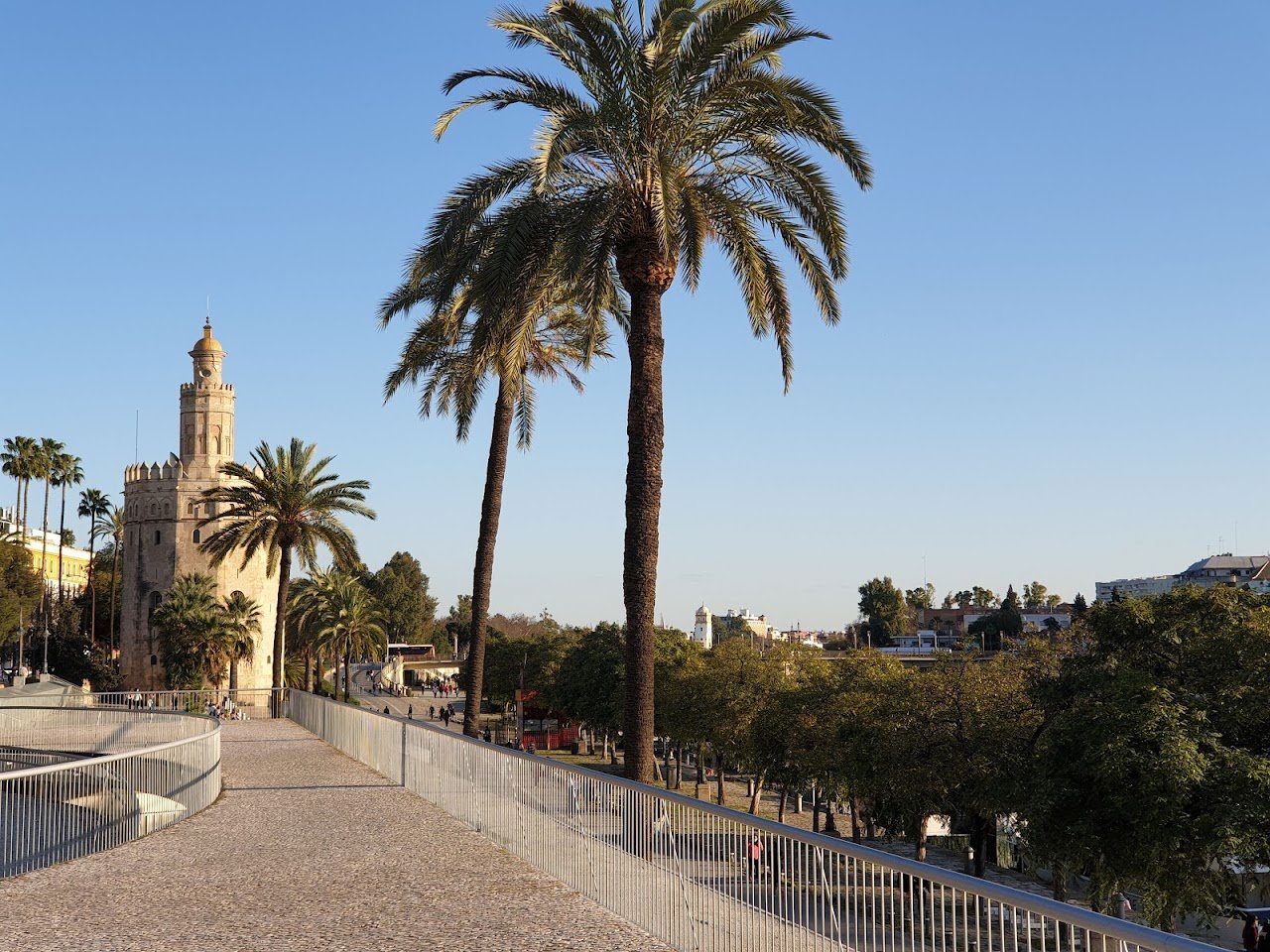
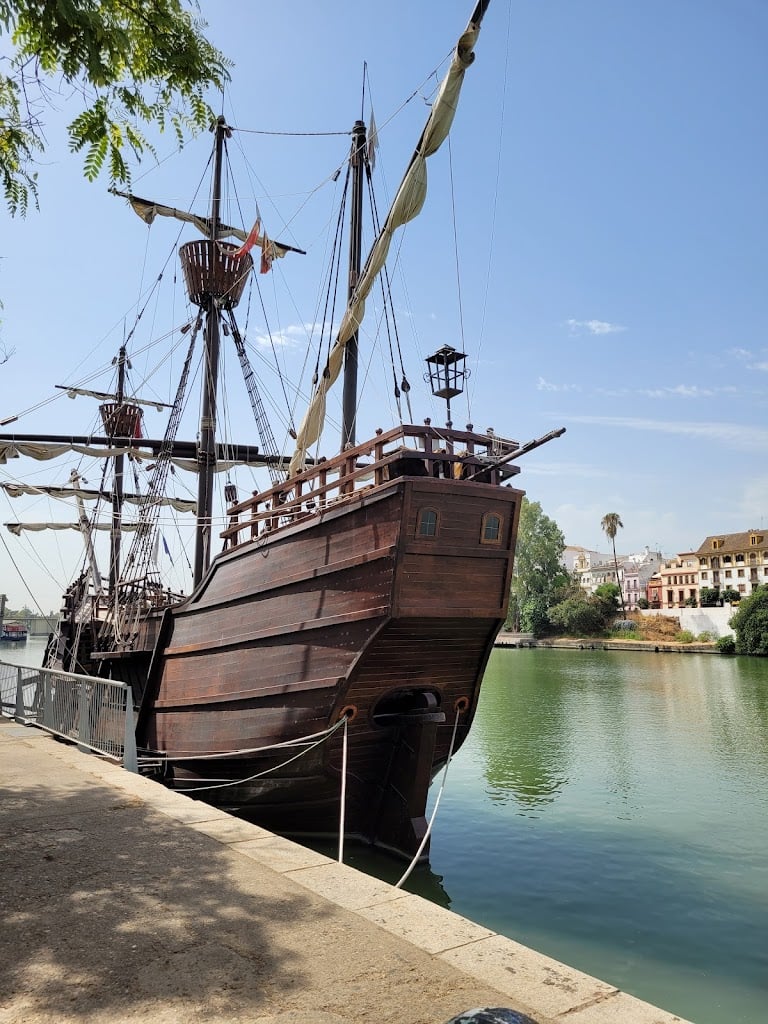
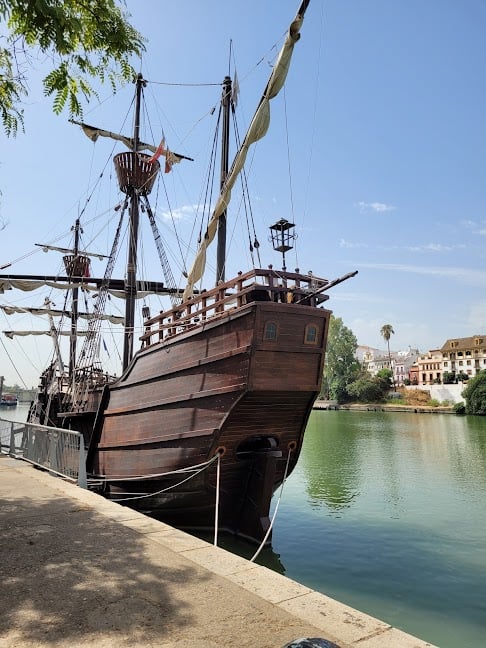
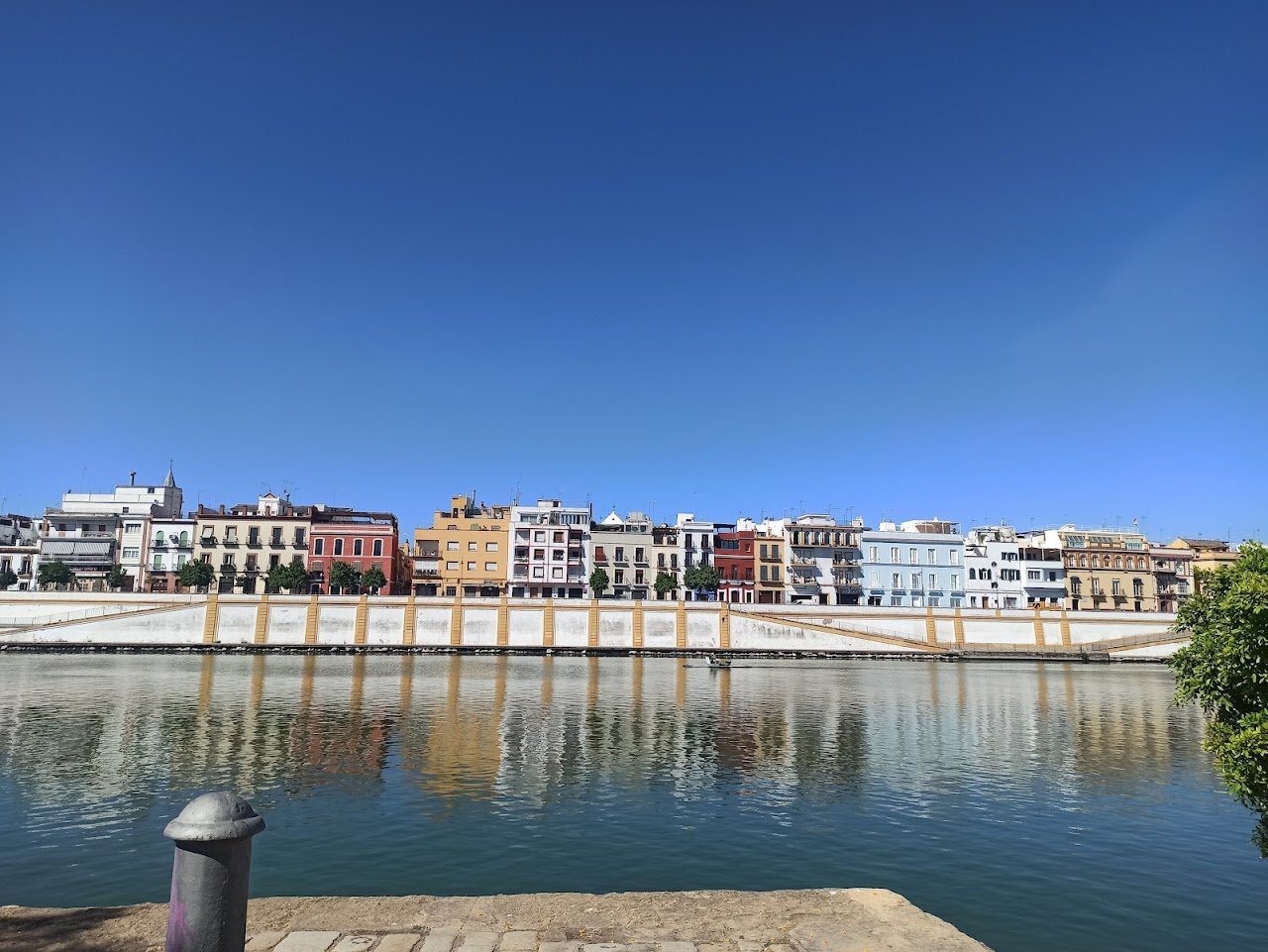
Ask ThatchGPT
Suggest a local expert to plan my trip
Suggest an unique itinerary for my Spain trip
What foods do Spain locals eat
What are some true hidden gems in Spain
Help me brainstorm trip ideas for Spain
Help me plan a family-friendly trip to Spain
What people say
Pedro Pereira
Available for hire
"The Paseo de Cristóbal Colón (known as Paseo Colón) is an important public avenue in the city of Seville (Spain), which runs parallel to the Guadalquivir River and is a continuation of the Paseo de las Delicias. Important monuments of the city are concentrated on this road, such as the Torre del Oro, the Maestranza bullring or the Maestranza theatre.
The Guadalquivir River was a backbone element in the development of the city of Seville. The discovery of America and the establishment of the trade monopoly in the 16th century made the port of Seville an area of great importance for the city. Ships docked at the Customs dock, next to the Torre del Oro.
The area outside the city walls between the wall that extended to the Torre del Oro, the Guadalquivir River and the pontoon bridge was known as the Arenal since the 12th century, where intense port activity was concentrated. In the first third of the 19th century, the stretch of wall that linked the Torre del Oro to the city was demolished, opening up the passage to the south, in what is now the Paseo de Cristóbal Colón. In the 18th century, the defence system against river flooding in this area was structured around the existence of several parallel walls between which walkways for cars and pedestrians were opened. The last of the walls was built approximately on the line of the frontage of the current Paseo de Colón. In 1803, the street was made up of five streets, the central one being a walkway with benches. From the 17th century there is news that the city's population went to the Arenal to walk.
At the beginning of the 19th century it was still quite busy, although at the end of that century, the renewed port activity caused the promenade area to move to other places. During this century the level of the promenade was raised, following the construction of the docks and the railway layout, and several canals that crossed the track and served as a drain for waste water towards the Guadalquivir were finally piped."
Read more in:
Mentioned in these guides
About Paseo de Cristóbal Colón
Get the inside scoop on Paseo de Cristóbal Colón from local experts, travel creators, and tastemakers. Browse genuine trip notes, Paseo de Cristóbal Colón reviews, photos, travel guides, and itineraries from real travelers and plan your trip with confidence.
Save this spot for later or start mapping out a new trip today
Try our AI Travel Assistant and get instant answers to any questions about your trip.
Ask ThatchGPT
